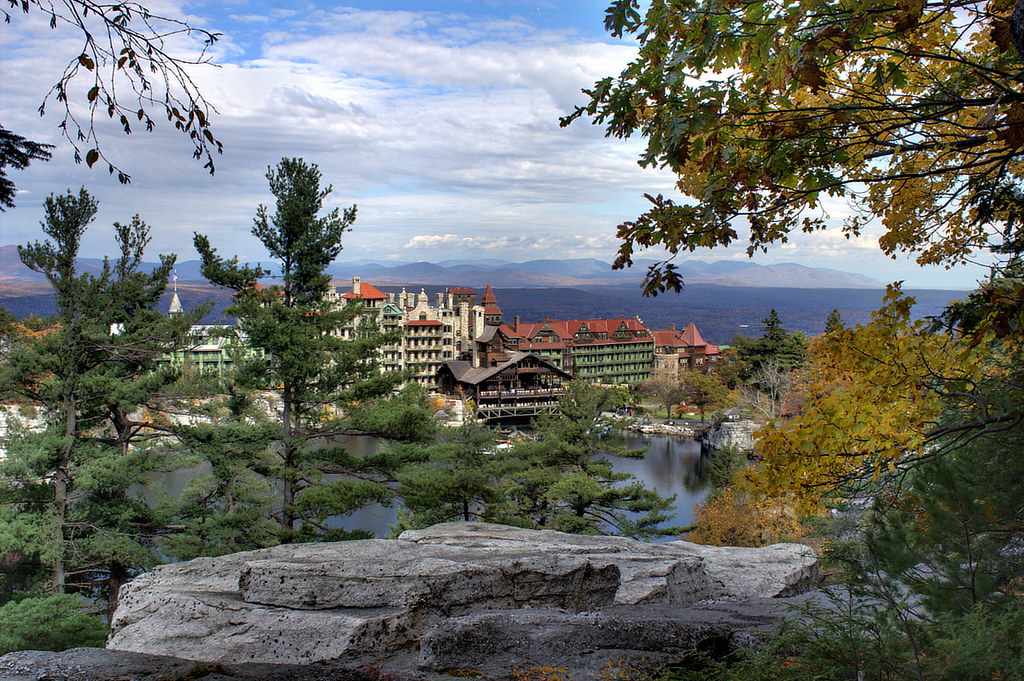 Originally posted by mmickey
Originally posted by mmickey 
As far as I know Gimp is the most powerful free application for photo editing out there. The big drawback is, that it is working with just 8 bit data, which gives artifacts once one wants to do "stronger" tonal adjustments.
For that reason I wrote some plugins which work with 16 bit, so one can overcome this problem. If you're interested have a look
MM Filters for GIMP - mm-log
greets mike
GIMP 2.8 is supposedly coming out in December this year, and it will be 16 bit! I am a GIMP user too, so Christmas is particularly exciting this year.
I found this workflow-thread very interesting. I often wonder what I am missing with the software that I never try out...
I like open source software, and I love working with GIMP, but for raw editing my choices have been mostly guided by chance.
I use FastStone to filter my shots and select the keepers, and then I have been editing exposure, WB and noise in UFRaw - mostly because it is a GIMP-plugin, and I was already a GIMP user when I began to shoot raw. Then for rotate / crop / cloning out dust, or any such further editing, I use GIMP.
But eventually, it occurred to me that it was kind of silly not to try out the Pentax software that came with the camera. So lately I tried doing my raw-edit steps here. And I have to say: Noise reduction is a LOT more impressive in the Pentax PhotoLab software than it is in UFRaw.
...and now I notice a lot of talk about Topaz DeNoise in here, and some impressive examples of what it does. So, I am considering if I should update my workflow again, and possibly buy commercial noise-removal software this time.
Is anyone here using Topaz DeNoise as stand-alone software, or it is mostly for Adobe users?


 Similar Threads
Similar Threads 











 Post #6 by Michaelina2
Post #6 by Michaelina2








